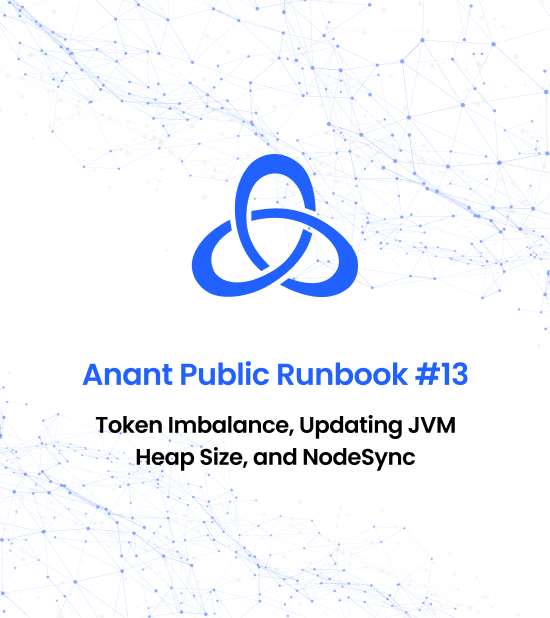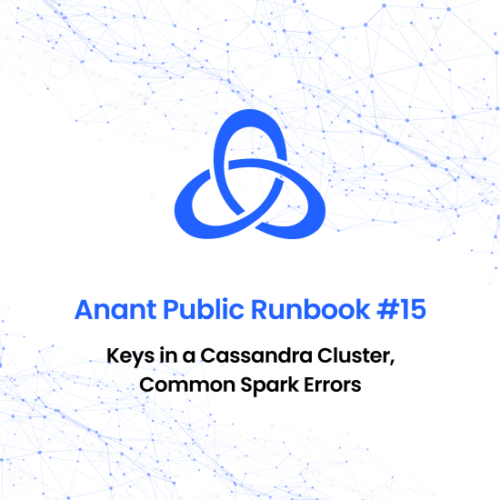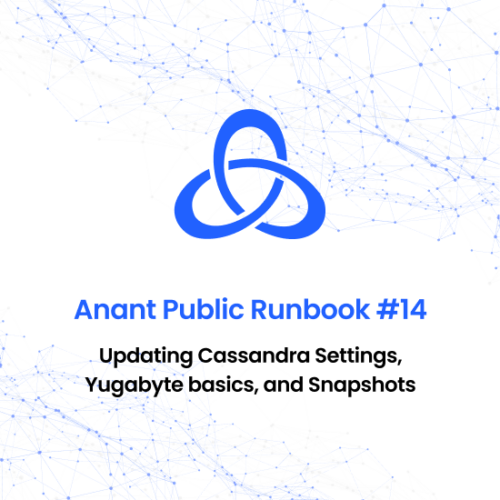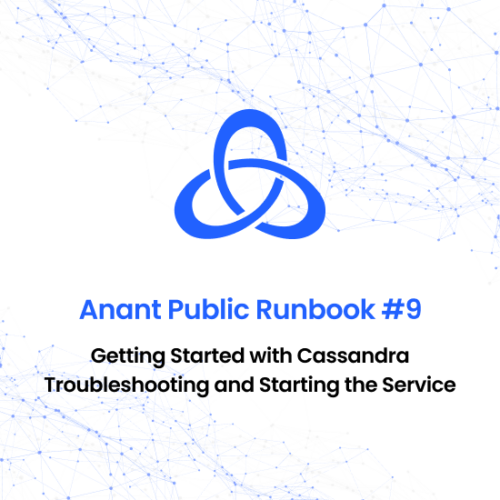Questions the Runbook Answers:
-
What is Apache Cassandra?
-
What does Apache Cassandra use its JVM heap for?
-
How is the default heap size in Apache Cassandra calculated?
-
What is the recommended heap size range for Apache Cassandra?
-
How can you check the currently allocated heap size in Apache Cassandra?
-
How can you set the heap size in Apache Cassandra?
-
How can you verify the updated heap size in Apache Cassandra?
-
What is NodeSync in Datastax Enterprise’s Cassandra cluster, and how can you enable it on individual tables?
Apache Cassandra, a Java-based project, utilizes the JVM heap for performing various operations. The default heap size is calculated using a formula, but it is recommended that users manually set the heap memory to a value between ¼ and ½ of the available RAM on the server. This can be achieved by editing the jvm.options file.
NodeSync, an alternative to the repair service in Datastax Enterprise’s Cassandra cluster, is responsible for synchronizing data replicas. It can be enabled on individual tables using CQL. However, it is still advisable to manually set the heap memory to a value between ¼ and ½ of the available RAM on the server.
Despite these recommendations, there are two issues that need attention. First, 60% of the sentences in the content exceed the recommended maximum of 25 words, which may affect readability. It is suggested to shorten the sentences to improve readability. Second, 50% of the sentences are written in passive voice, which exceeds the recommended maximum of 10%. Using their active counterparts could enhance the content’s clarity and engagement.
To summarize, Apache Cassandra is a Java-based project that relies on the JVM heap for operations. Users are advised to manually set the heap memory, and NodeSync can be used for data replication. However, the content should be revised to shorten sentence length and reduce passive voice usage to adhere to recommended guidelines.






Reviews
There are no reviews yet.